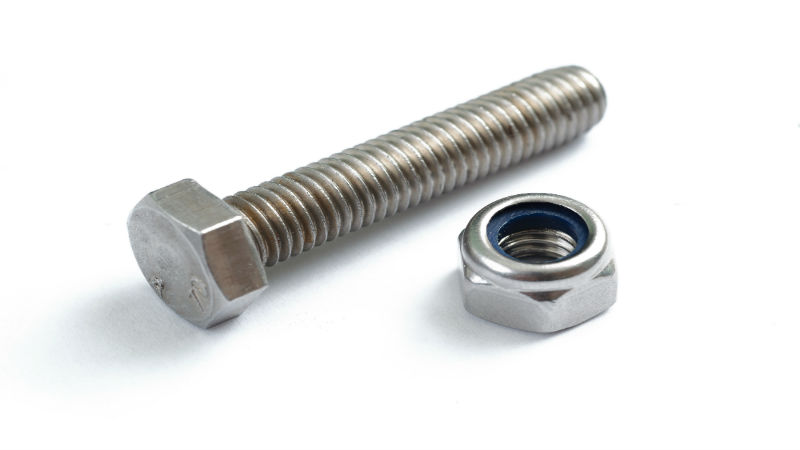Some of the most basic and simple designs are some of the most effective, particularly when it comes to valves. The more complex the valve becomes, the greater the risk of damage to the moving parts in the valve that can lead to poor performance, leaks or valve failure during critical applications and systems irregularities.
The Basics
One of the most basic designs in automatically operating valves is the ball check valve. Like all check valves, it is designed to allow the free an unobstructed flow of a liquid or a gas through the valve body in one way only. The basic design of any check valve includes an inlet port, a center chamber, and an outlet port.
In the ball check valve, the interior of the chamber of the valve contains a ball. This is typically made of plastic, and the body of the valve can be metal or plastic as well. There is no external handle, lever or valve control as this valve works automatically without the need for manual or electronic control.
As the water or gas comes into the inlet port, it holds the ball forward, allowing the liquid or gas to move from the high pressure on the inlet side of the valve to the low pressure on the outlet side of the valve.
Should the pressure drop below a pre-set limit on the inlet side, the ball is pushed back and blocks the inlet port of the valve. This prevents any backflow through the valve, and it occurs instantly.
As soon as the pressure on the inlet side of the valve is restored, the valve is again pushed forward the liquid or gas resumes flow through the valve. The simple design of the ball check valve means it can sit continuously in the open position, but still effectively seal when any drop in pressure occurs outside of the valve’s normal operating parameters.



